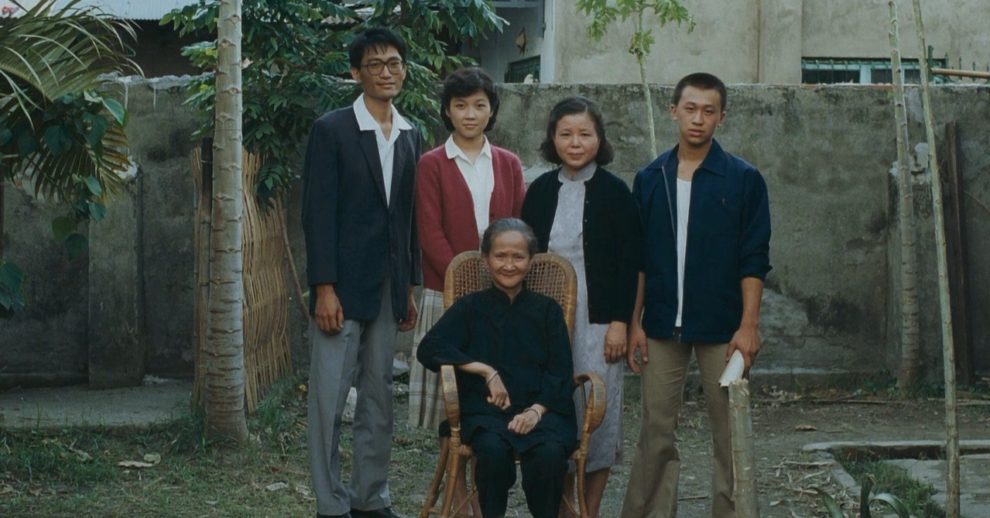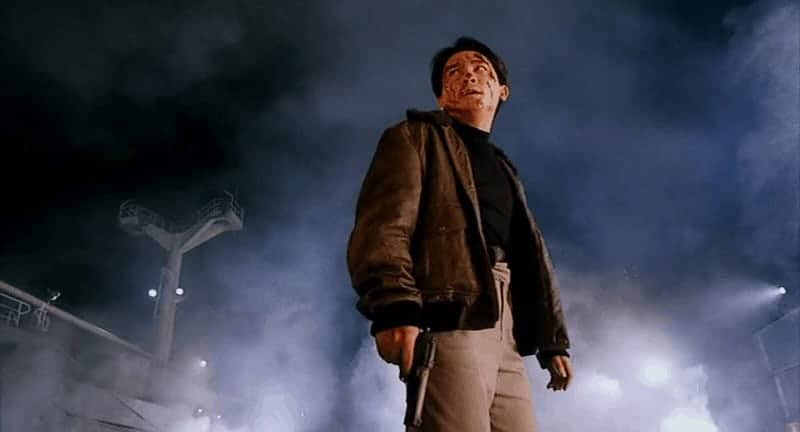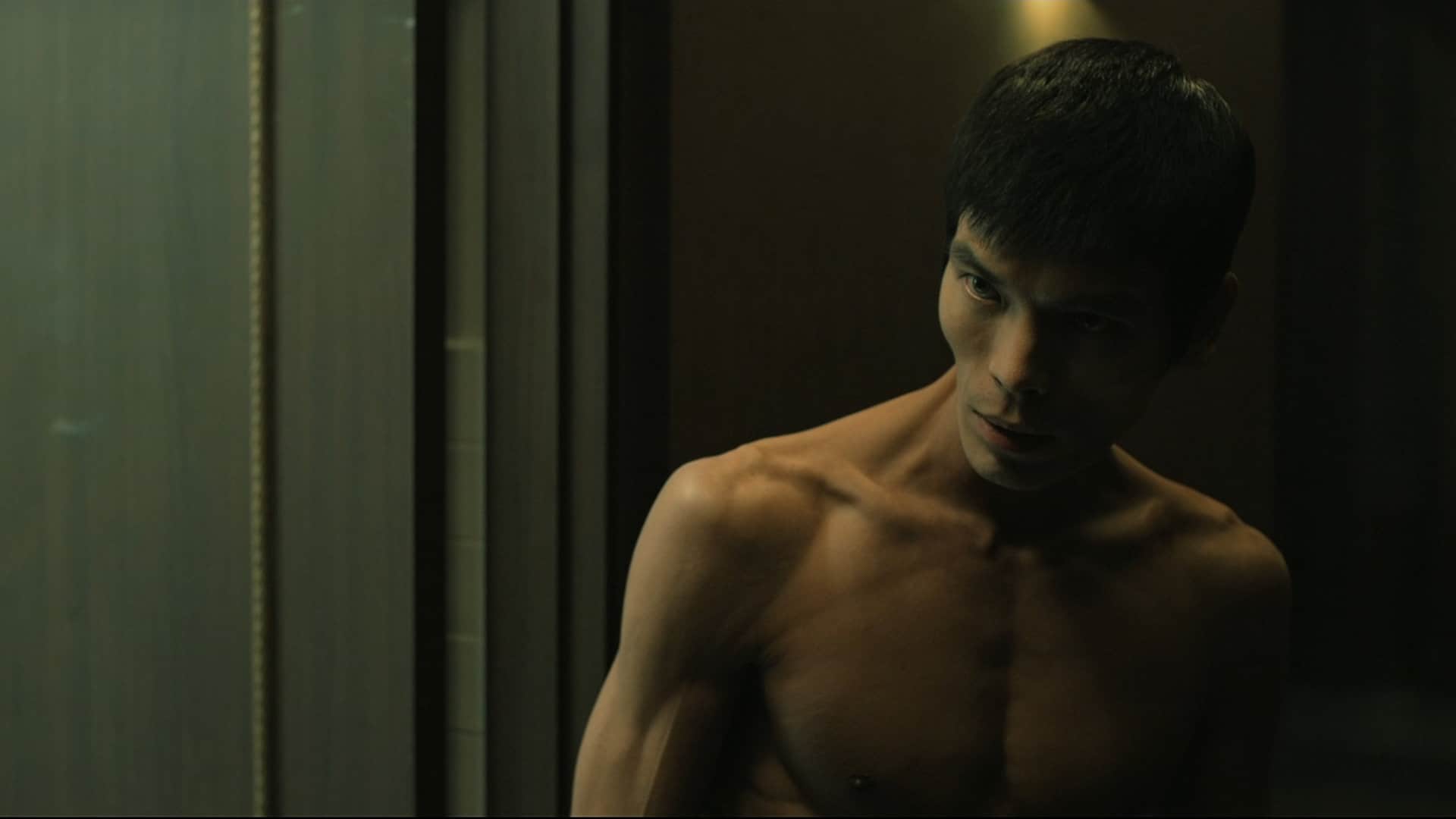Hou Hsiao-Hsien is considered one of the greatest Asian filmmakers of all time. However, his beginning lies in the world of cheesy comedy movies, starting with his 1980 debut “Cute Girl”, a tendency only cut off by the success of his first mature work, “The Boys From Fengkuei”. Even with the critical acclaim of the film, and the subsequent “A Summer At Grandpa's”, he was not internationally applauded until a highly autobiographical film changed the path of his career. “A Time To Live And A Time To Die” is still considered one of the greatest coming-of-age movies from Asia.
“A Time to Live and a Time to Die” is streaming on MUBI
The movie opens with Hou Hsiao-Hsien's narration to the audience: a statement that confirms the film as a retelling of his own childhood and youth. The audience follows Ah-Ha (Hou's childhood nickname) and his family comprising of a multitude of siblings, parents and grandmother. Coming to Taiwan at an age of four, Ah-Ha quickly acclimatizes himself to the new culture. While mostly good-natured, he turns mischievous and gradually through his youth, the mischievous nature leads him to the world of adolescent gangs. Ah-Ha experiences other experiences of growing up, such as adolescence infatuation and terrible tragedies, each of which affects his life greatly.
The greatest achievement of a coming-of-age film is to make the audience care about the protagonist's immaturity. Hou Hsiao-Hsien easily does the job through the means of excellent storytelling. Ah-Ha is not a mono-dimensional character, and neither is any member of his family. He observes and experiences a multitude of events and shows a sense of understanding at times, which is a result of his nature. Nurture, nevertheless, is an important part of a child's growth, and it is where he goes awry. His family is responsible in the tiniest fraction possible but for the most, it is his own misplaced decisions, created by his age-appropriate traits, that lead to his personal decadence. In a powerful cinematic move, as a child we see him at the central position in the frame, but as an adolescent he moves to the corners.
The family loves Ah-Ha deeply, especially his grandmother, who is fond of him due to reasons later explored in the film. To the entire family, the child is the apple of their eye. Coming to Taiwan at a tender age of four, he quickly becomes a part of his adopted town's sociocultural sphere. However, the elders of his family are not so lucky. They live in a Japanese-styled home with sliding doors and tatami mats. His father never forgets the pangs of leaving his ancestral village. His mother and elder sister are subdued characters, internally destroyed by the weight of having to maintain a large family. His grandmother is the worst affected, refusing to believe the reality of her situation and the sheer inability to return to her beloved homeland. It is the pressure of coping up with an entirely different society with its own set of preferences, that keeps the members restless in their hearts.
Nostalgia is ever-present in the movie. The Asian viewer, especially one growing up in a town with a large family, is sure to feel catharsis to an unforeseen measure. The relationship between members of the family is one personal to them, as is almost every moment seen in the movie and every trait of Ah-Ha. The characters: the good-natured father, the unimaginably hard-working mother, a sister who cannot achieve her dreams, a brother who is an expert at studying, a caring grandmother with her own dreamworld, these are the characters of their respective lives. Rarely does a movie feel so personal to them. Hou Hsiao-Hsien's famous style of playing with the moments is at full display, as each moment builds up anticipation for the next.
There is joy when the young Ah-Ha runs around and there is sorrow when he experiences tragedy. However, melancholy prevails in the film. In a particularly poignant moment, an apparent reverse journey through time and distance leads to the destruction of dreams and even with a fantastically happy image of the grandmother juggling guavas, the sense of melancholy never lets go of the viewer. In another equally important moment, an adolescent Ah-Ha cycles after a girl and gives her a letter. The desperation of his attempt, as he has times before cycled around the girl without the straightforwardness, is a sign of maturity and decisiveness. However, melancholy is still a gripping force and reminds the viewer Ah-Ha's age, questioning his ability to show adult-like surety in his actions.
Yu An-Shun provides a memorable performance as the adolescent Ah-Ha, becoming the younger self of Hou Hsiao-Hsien and in extension, of every Asian small-town man. Tien Feng, Mei Fang, Tang Ru-Yun and Hsiao Ai provide crucial performances as immensely relatable characters. Mark Lee Ping-Bing's amazing cinematography captures the melancholic gravity of nostalgia produced by memories, which is multiplied by the background music, specifically a heart-wrenching tune which remains fresh despite its frequent use in the movie. “A Time To live And A Time To Die” makes for a striking double-bill alongside many Taiwanese New Wave films, especially Chen Kun-Huo's “Growing Up”, which deals with a similar narrative. Interestingly, Hou is a co-writter in the 1983 film, as is Chu T'ien-Wen, credited as a writer in Hsiao-Hsien's autobiographical film as well.
“A Time To Live And A Time To Die” is coming-of-age cinema at its finest, as it perfectly captures nostalgia and melancholy, and with relatable, interesting multi-dimensional characters, creates a personal movie for the viewer.
















